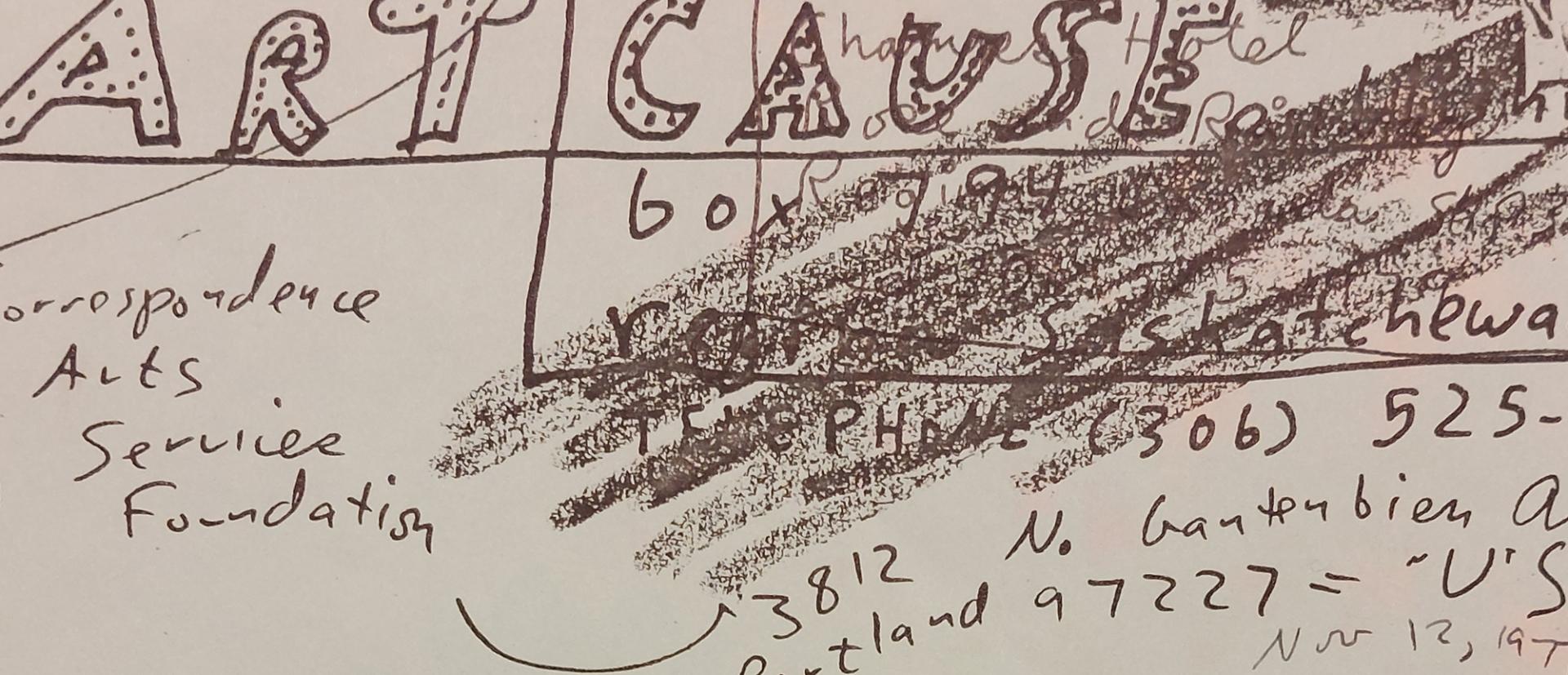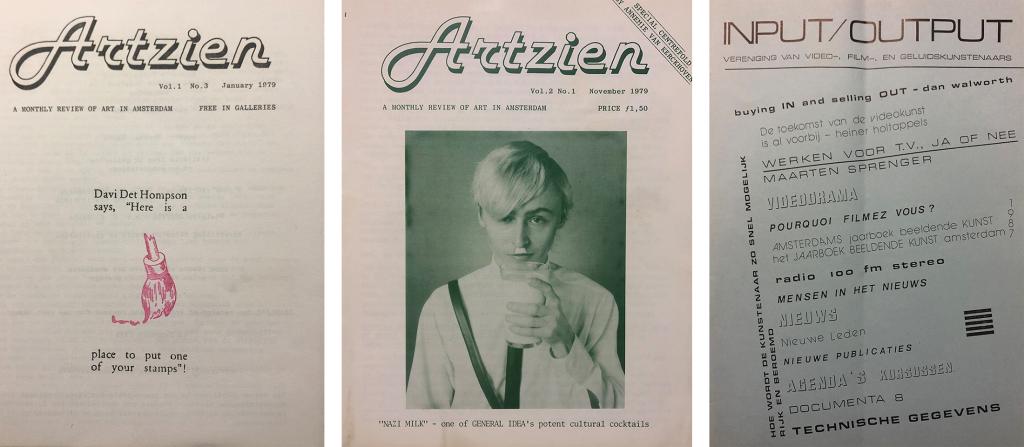In search of innovation: archive of Hetty Huisman

Recently the RKD acquired the archive of artist Hetty Huisman (1941-2017). From the 1970s she worked on innovative and experimental view on ceramics. The archive contains correspondence with many other Dutch and international artists and material on the various artists' initiatives in which Hetty Huisman participated, her collection of international mail art and the artist books she published.
Conceptual approach to ceramics
Huisman had a conceptual and deconstructive approach to ceramics. In her art, she dissected the overall process of making ceramics, turning the stages from wet earth to a fired form into the subject of her work. In 1968, Huisman attached the term CeragenetiCs to her name to emphasize that her art stems from the classic principles of ceramics – principles that extend beyond pottery alone. Thus, she even makes social participation a part of the process. Huisman exhibited thrice at the Stedelijk Museum Amsterdam, including in the groundbreaking exhibition Op losse schroeven in 1969. She also had five bags of clay delivered there in 1973 to celebrate the anniversary of art at the invitation of Robert Filliou: ‘4 bags with a loaf of unfired clay and beer, and 1 bag with a loaf of fired clay for the scientific board of the museum only.’

2 and 3. Correspondence in Hetty Huisman's archive, collection RKD
Video installations
In her work, Huisman was always looking for something new, which gradually led her to experiment with materials and processes outside of ceramics. Rounding the Square is the title of a video installation Hetty Huisman made in the early 1990s. The work consists of a six-hour video tape of sunsets. Huisman shot the footage for this work in 1989 in southern France, where she recorded the setting sun for one hour every day for three months. While filming, the impact of sunlight on the camera triggered a burn-in process that distorted the landscape images. With the setting sun, the camera also captured its own destruction. It resulted in a video of unprecedented landscapes with double suns, black holes and otherworldly colours – just by capturing a chemical process, showing an approach similar to her ceramic work.
Mail art and Void Editions
From the late 1960s to the mid-1980s, Huisman sent and received mail art. This art form emerged in the middle of the 20th century, with artists associated with the international network of the Fluxus movement exchanging artwork amongst themselves by mail. Moreover, the correspondence in Hetty Huisman's archive relates to the emancipation of video art as an independent art form and the emergence of sound art in the 1970s. At the time, Huisman played an underrated role within the search for innovation in art. She was one of the members of the In-Out Center (1972-1974), Amsterdam's first independent art space, which provided a group of international artists with a stage for the new art forms of the time. From 1976 to 1978, she also organized exhibitions in Curaçao at her Two or three Gallery. The publishing house Void Editions, founded by Huisman, issued some artist publications since 1978. Her archive contains several issues of Void Editions that were still missing from the RKD collection until now.

Acquisition to the RKD
Thanks to a donation from Grietha Jurriëns, the widow of Hetty Huisman, the archive has now been transferred to the RKD. It comprises many meters of archival material, organized by Huisman herself by name of artist or project. The material provides insight into the progressive ideas of several international artists (movements) from the 1960s to the 1980s.